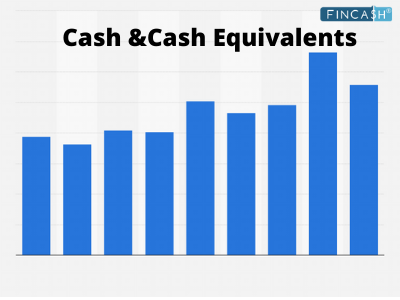
Table of Contents
Cash Flow from Financing Activities –CFF
cash flow from Financing Activities is represented in the cash flow statements revealing the net cash flows to be utilized towards funding the company. The respective financing activities include transactions that involve dividends, equity, and debt.

Cash flow that arises from financing activities is known to provide the investors with an insight into the financial strength of the company along with how well the Capital structure of the company is managed.
Calculating Cash Flow from Financing Activities CFF
Analysts and investors are known to make use of a specialized formula for determining if the given business is standing on sound financial footing. The formula goes as:
CFF Formula
CFF = CED – (CD + RP)
Here, CED is known to stand for Cash in Flows from the issuance of debt or equity, CD stands for Cash paid in the form of dividends, and RP stands for Repurchasing the Equity & Debt.
Talk to our investment specialist
For example, let us assume that the organization has following information in the financing activities portion of the cash flow statement.
- Repurchase stock value -1,00,000 INR (cash outflow)
- Proceeds value from the long-term debts -3,00,000 INR (cash inflow)
- Payments done for the long-term debts -50,000 INR (cash outflow)
- Payments in the form of dividends -40,000 INR (cash outflow)
Then, CFF will be calculated as:
CFF = 3,00,000 – (1,00,000 + 50,000 + 40,000) = 1,90,000 INR
Cash Flow in the Company’s Financial Statement
The Cash Flow Statement turns out to be one of the major financial statements revealing the current state of the financial health of the particular company. The other important types of financial statements out there are the income statement and the Balance Sheet. The balance sheet is known to reveal the assets as well as liabilities along with the shareholder equity at a specific date.
On the other hand, the Income statement, also referred to as the “profit & loss statement,” is known to focus on the overall income & expenses of the business. The cash flow statement is helpful in measuring the overall cash used or generated by the organization during a specific period.
The cash flow statement is known to comprise of three sections:
CFO (Cash Flow from Operating)
It is used for indicating the cash amount that an organization will bring in from the regular operations and activities of the business. The given section features Depreciation, accounts payable, accounts receivable, amortization, and other items.
CFI (Cash Flow from Investing)
It is known for reflecting the purchases as well as sales of the company for the capital assets. CFI is known to indicate the aggregate changes occurring in the business due to the profits and losses from major investments like equipment and plant.
CFF (Cash Flow from Financing Activities)
It is used for measuring the overall movement of cash between the organization and its respective owners, creditors, and investors.
All efforts have been made to ensure the information provided here is accurate. However, no guarantees are made regarding correctness of data. Please verify with scheme information document before making any investment.












